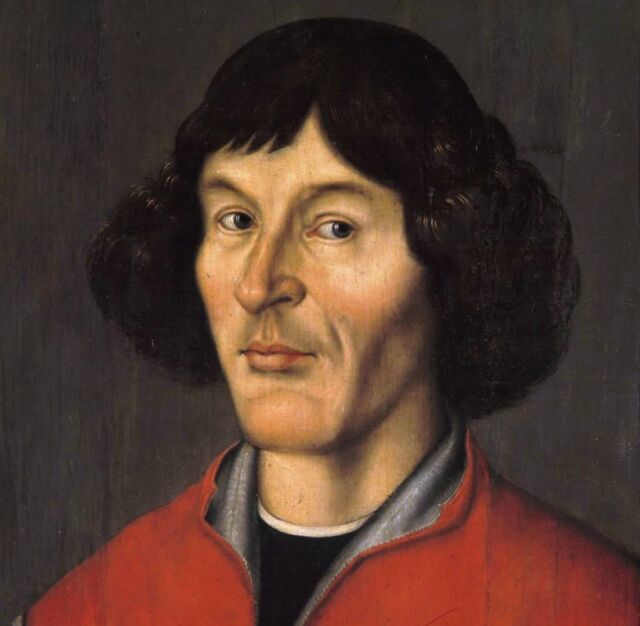
Polish astronomer Nicolaus Copernicus revolutionized science when he challenged the 1,400-year dominance of Ptolemaic cosmology with the publication of De Revolutionibus Orbium Coelestium (On the Revolutions of the Heavenly Spheres) in 1543. His manuscript suggested that the Sun, not the Earth, was at the center of the Solar System, thereby altering our entire view of the Universe and our place in it. Now, a rare, pristine first edition is up for sale for $2.5 million.
The high price tag is a testament not just to the historical importance of the work, but also to the clear provenance and excellent condition of this particular edition, according to Christian Westergaard of Sophia Rare Books, who is handling the sale. (He will be exhibiting the edition at the upcoming New York International Antiquarian Book Fair next month.) A similar copy with just a couple of repairs and a contemporary binding sold at auction for $2.2 million in 2008. But most first editions of De Revolutionibus that come up for sale have dubious provenance, fake bindings, facsimile pages, stamps removed, or similar alterations that decrease the value.
Noted Copernican scholar Owen Gingerich spent 35 years tracking down and examining every surviving copy of the first two editions of De Revolutionibus, ultimately locating 276 first-edition copies (of about 500 originally printed) around the world, most of them part of institutional collections. There are only a handful of editions from Gingerich’s census (maybe 10 to 15) in the hands of private collectors, including this one. “It’s the holy grail for me,” Westergaard told Ars. “If you’re going to handle a book in this price range, you want good provenance. You don’t want it to suddenly be reported stolen from some library. You want it to be in Gingerich’s census. In my opinion, this copy has it all.”

Copernicus was raised by his uncle, a canon at Frauenburg Cathedral. He traveled to Italy in 1496 to pursue degrees in canon law and medicine, but after witnessing his first lunar eclipse in March 1497, he found himself drawn to astronomy. Copernicus eventually became a canon at Frauenburg Cathedral himself. He built an observatory in his rooms in the turret of the town’s walled fortification and diligently studied the heavens each night.
In 1514, an anonymous booklet began making the rounds among a few astronomers—personal friends of Copernicus, who had authored it. The “Little Commentary” (Commentariolus) laid out his new model of the Universe with the Sun at the center and the Earth and other planets orbiting around it. He correctly determined the order of Mercury, Venus, Earth, Mars, Saturn, and Jupiter and concluded that the changing positions of the stars are caused by the rotation of the Earth itself. Finally, he explained that the apparent retrograde motion of the planets is caused because one is observing them from a moving Earth.
https://arstechnica.com/?p=1922803

